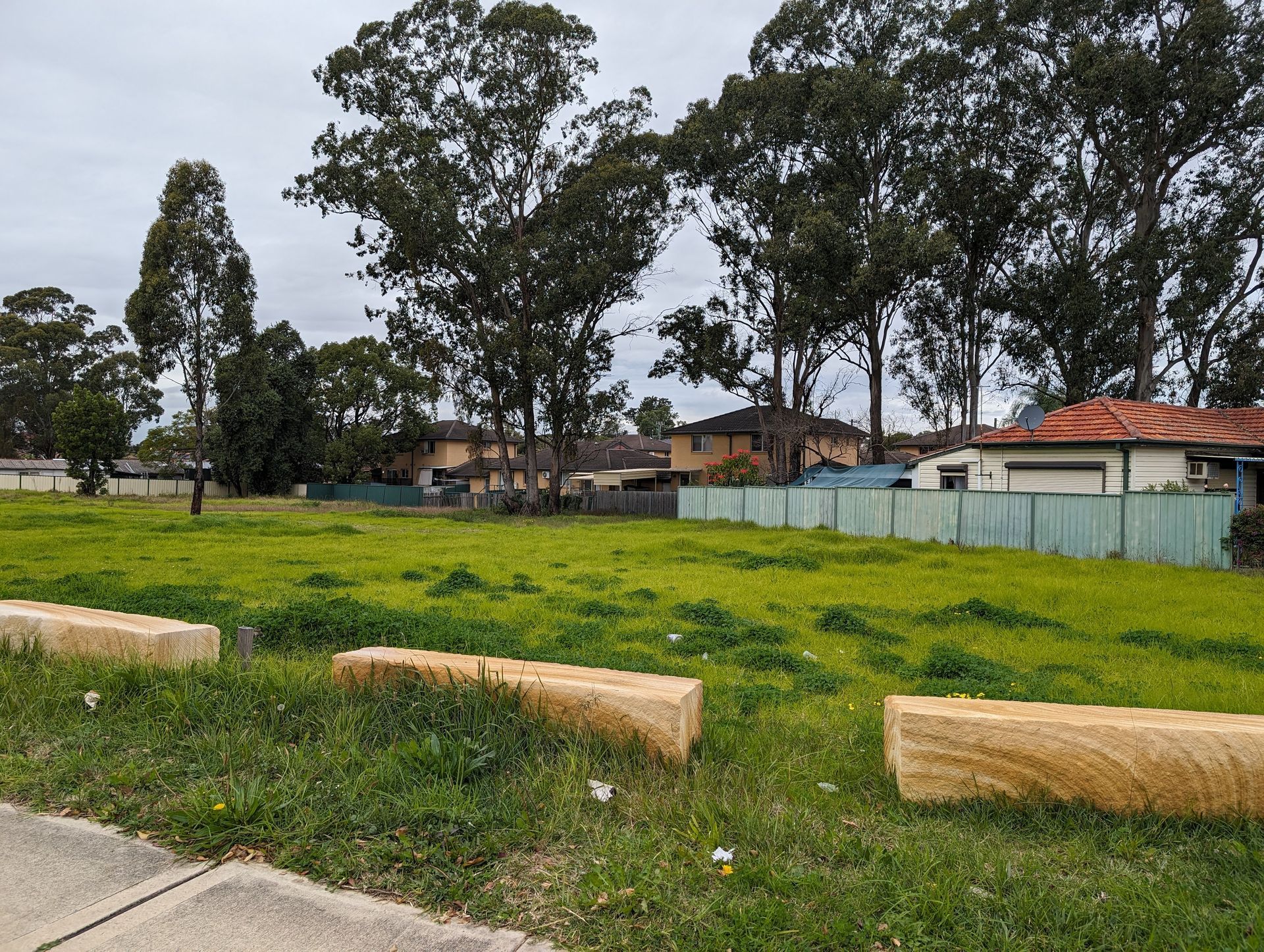People living in neighbourhoods of lower socioeconomic advantage tend to be less physically active and have poorer health overall than residents of more advantaged neighbourhoods. Differences in the built and social environment likely explain some of the variation in physical activity and health between residents of areas of low and high socioeconomic advantage as these features often also vary with area socioeconomic advantage.
This module has been developed in collaboration with researchers at the University of Canberra’s Health Research Institute. It was funded by the Australian Government Department of Health and Aged Care as part of the Heart Foundation’s National Walking Initiative.
It has been designed to provide the latest research and evidence, together with the findings from workshops held in three communities of lower socioeconomic advantage across Australia, to support industry practitioners in achieving greater equity in walkable neighbourhoods and built environments for all people living in Australia. The practical resources and guidance within this module are intended to support a shift in policy, planning and practice toward addressing and overcoming the specific nuances and circumstances that apply to walkability in areas of lower socioeconomic advantage – thereby increasing levels of physical activity and improved heart health.
Why a walkability lens specific to areas of lower socioeconomic advantage is needed
Associations between neighbourhood design and the health and wellbeing of residents are well established.
6,7 Whether individuals engage in physical activity is significantly influenced by the environment in which they live.
8-10 Physical activity is associated with a reduction in the risk of cardiovascular disease and also protective against other forms of chronic disease.
11,12
Neighbourhood design quality can vary with area socioeconomic advantage. 19,20 More advantaged areas often have better design and residents have better health, while residents of socioeconomically disadvantaged areas may be exposed to lower quality neighbourhood design, be less active, and have poorer health outcomes. 21-24 Area socioeconomic advantage also tends to relate to distance to the city centre with less advantaged areas often more distant, 25-27 which may in turn impact commuting behaviour and availability of recreational time that can be spent being physically active. 28,29
People living in socioeconomically disadvantaged areas tend to encounter less optimal design features compared with residents of more advantaged neighbourhoods, including:
- smaller amounts of public open space, greater distance from place of residence to public open space, and public open space of lower quality, with fewer amenities and/or features;
- fewer leisure and recreational facilities within easily accessible distances, and fewer places offering employment and education opportunities locally, requiring further travel distances to access these opportunities;
- being under-served by urban infrastructure such as community facilities;
- lower dwelling density and quality housing;
- poorer walkability, including less street connectivity, residential density, land use mix and presence and/or quality of pedestrian infrastructure;
- increased exposure to high volumes of traffic, lower traffic safety and higher road traffic injuries, and poorer traffic- and industrial-related air quality;
- poorer streetscape aesthetics and lower perceived safety, with greater perceived fear and/or risk of being a victim of crime;
- a locational disadvantage being further from the city centre and related resources, with less advantaged areas typically located from middle suburbia to areas out on the urban fringe, and transport options often being limited and support services more difficult to access; and
- greater access to, and density of, unhealthy food outlets (particularly around schools), and advertisements for unhealthy food items.
Several additional factors can influence the extent to which individuals engage in physical activity within their neighbourhood, including opportunity (time spent there, availability of free time and transport); personal drivers and motivations to use (perceptions and awareness of environment, including safety); and ease of use/interaction (practicalities and safety from hazards eg: fast traffic, uneven footpaths, crime). The interplay between design features and local sociodemographic factors (which influence opportunity and personal drivers and motivations), local social environment factors, and other design features (both of which influence personal drivers and motivations and ease of use/interaction) creates a level of complexity that warrants careful consideration.
Reducing socioeconomic inequities in physical activity has the potential to reap significant health benefits. While such a reduction necessitates action at all levels, the largest and most sustained and equitable impact can occur at the neighbourhood level through the local built and social environment. 21 Healthy neighbourhood design could therefore greatly benefit our most vulnerable people. 23
Addressing socioeconomic disparities in physical activity could lead to substantial health improvements. While action is needed at all levels, the greatest, most lasting, and equitable impact can be achieved at the neighbourhood level through the design of local built environments. By promoting healthy neighbourhood design, including through use of the mobilisation strategies and checklist contained in this module, we can significantly improve the well-being of our most vulnerable populations.
Defining area socioeconomic advantage/disadvantage
According to the Australian Bureau of Statistics:
- low area socioeconomic advantage indicates many households with low incomes, or many people in unskilled occupations, and few households with high incomes, or few people in skilled occupations; and
- high area socioeconomic advantage indicates greater advantage in general and a relative lack of disadvantage. For example, many households with high incomes, or many people in skilled occupations, and few households with low incomes, or few people in unskilled occupations. 5
It’s important to note that sometimes level of education is also used as an indicator of advantage.
Further to the above definitions, deprivation amplification is a process, applying across the whole range of environmental influences on health, by which disadvantages arising from poorer quality environments (for example, lack of good public transport) amplify individual disadvantages (for example, lack of private transport) in ways which are detrimental to health.
4


